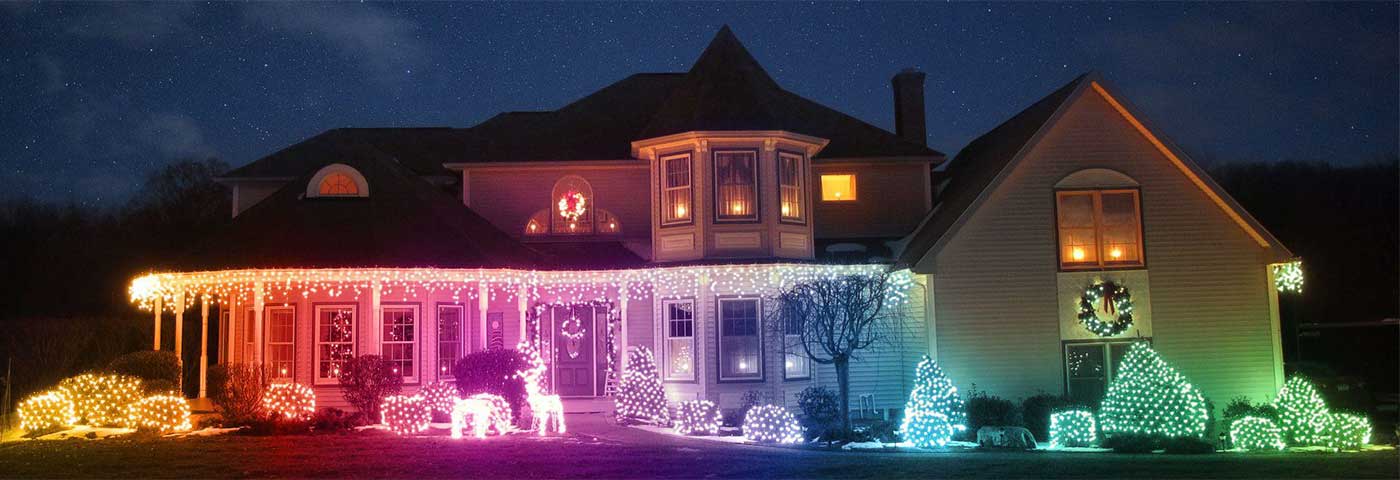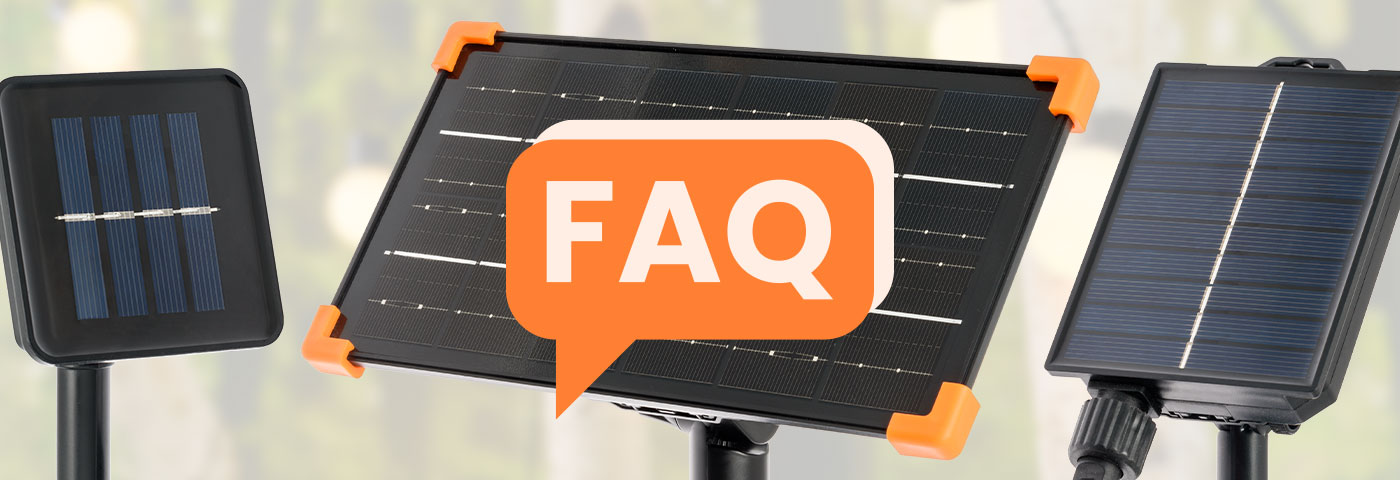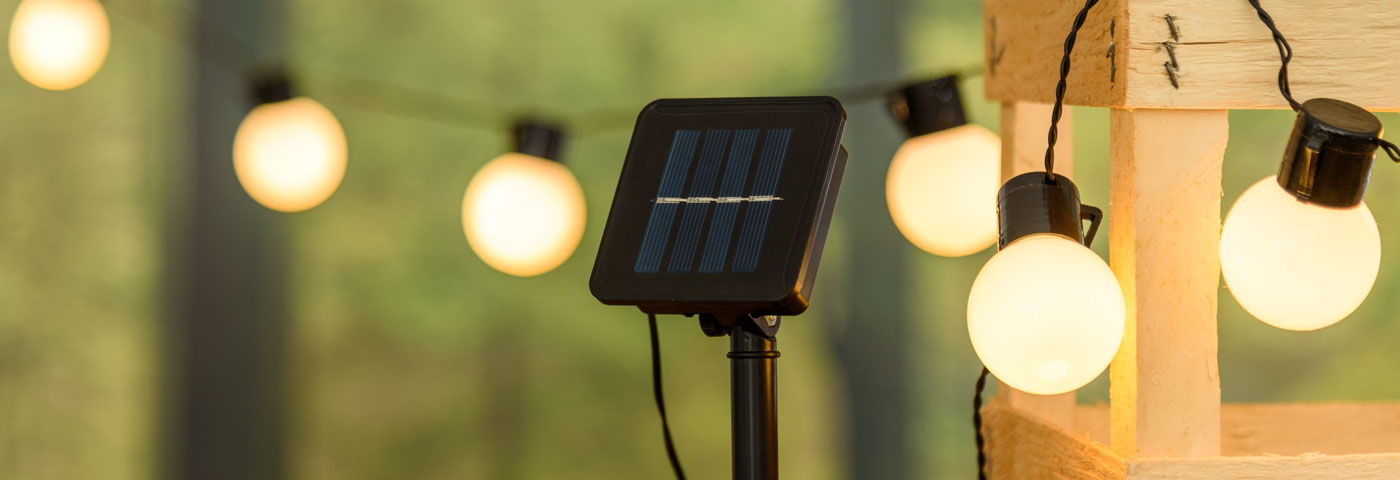Christmas lights consume less energy than you might think
Calculate the operating cost of Christmas lights. You will discover that the impact on energy consumption is negligible. So why give up on a tradition that has always brought us serenity and joy?
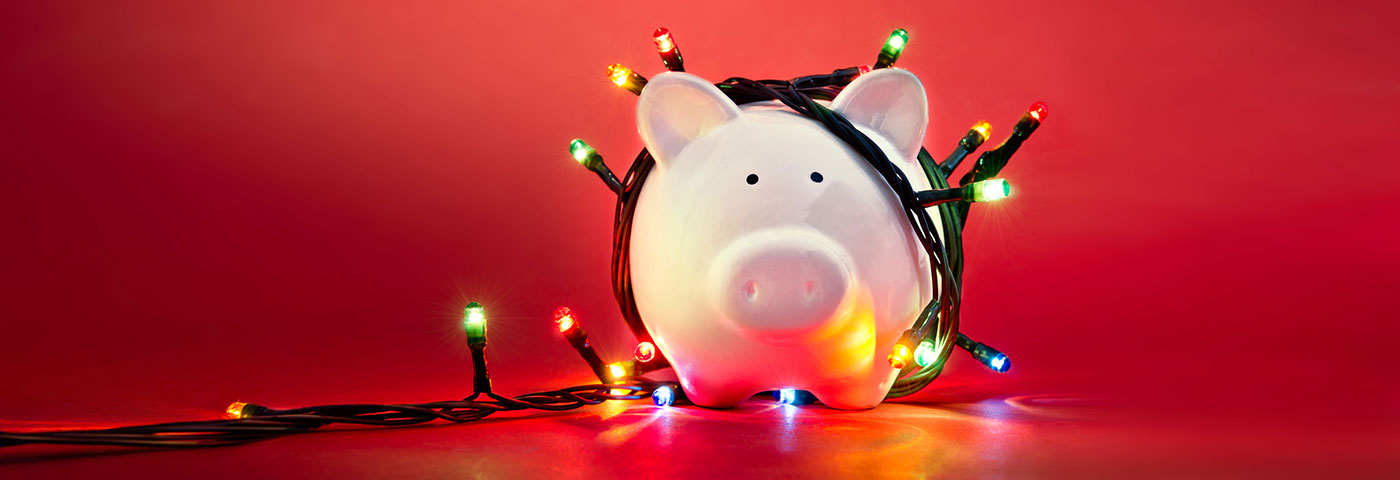
Date
12.09.2019
Reading time
5 min
How much do Christmas lights cost? This question, due to the increase in energy rates, is rightly on the minds of many people who are concerned about receiving high bills.
Fortunately, over the past 10 years, traditional Christmas lights have been largely replaced with LED lights. With LED technology, we can now save 80% to 90% on our energy bills compared to old incandescent lights.
So should we be concerned about the energy consumption of Christmas lights? Absolutely not!
How to calculate the energy cost
In this article, we want to help you understand how to calculate the energy cost during the period when Christmas lights are in operation, with a few practical examples.
To perform this calculation, you first need to know the energy consumption of the decoration, which is legally required to be labeled on its adhesive tag attached to the cable.
The consumption is typically expressed in watts and is indicated by one or more numbers followed by the letter "W".
Next, you need to consult your electricity bill to retrieve the average cost of electricity expressed in kilowatt-hours (kWh).
The Wh (watt-hour) is a unit of measurement for electrical energy, which represents the consumption of a device with a power of 1 watt kept on for 1 hour. The kilowatt-hour (kWh) is a multiple of the watt-hour (Wh).
1 kWh = 1000 Wh

Examples of energy cost of Christmas lights
Let's see some examples to make everything clearer and get a real sense of the energy cost for operating the lights during the typical period of a Christmas installation. We have considered a time frame of 45 days, from November 23rd to January 7th.
The energy cost (as an example) per kWh is €0.12, as reported by ARERA for the protected market for October 2024.
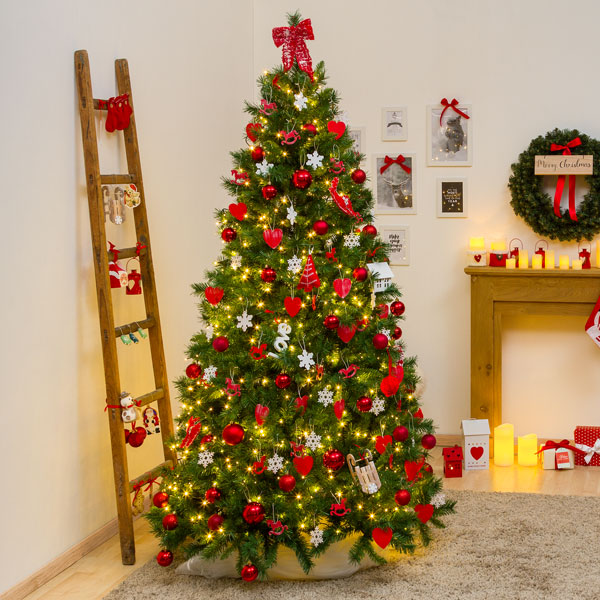
Christmas tree measuring 1.8 meters tall with 500 warm white lights.
- Cod. 46184 x 1 pz
- Energy consumption: 4,5 Watt
- Operating hours per day: 6
- Operating days: 45
- Energy cost: 0,12 €/kWh
- Energy cost for 45 days: 0,15 €
Reindeer with crystals 90 cm, 200 white LEDs
- Cod. 31135 x 1 pz
- Energy consumption: 12,8 Watt
- Operating hours per day: 6
- Operating days: 45
- Energy cost: 0,12 €/kWh
- Energy cost for 45 days: 0,41 €
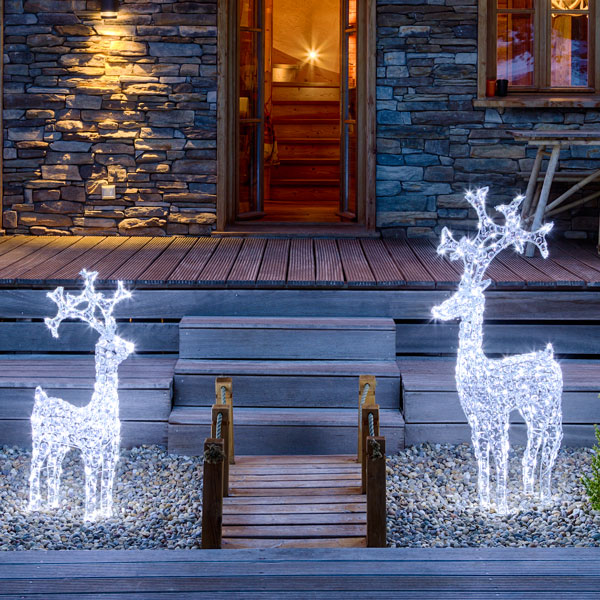
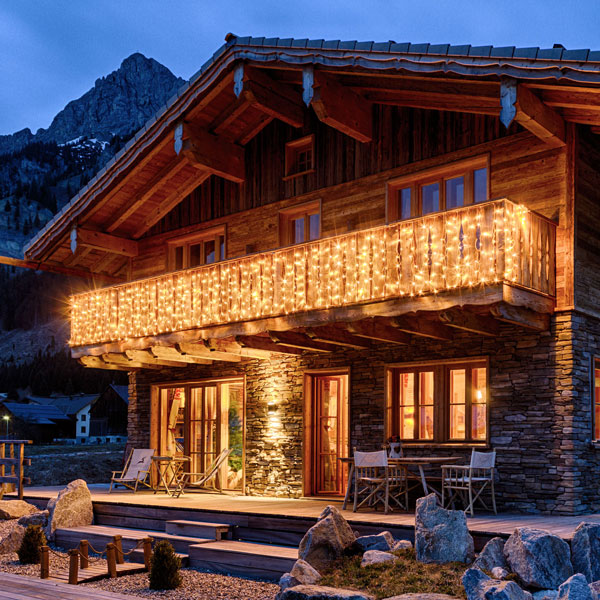
Professional curtain 12 x h 1 metres, 576 maxiled warm white
- Cod. 34433 x 1 pz
- Consumption: 17,28 Watt
- Operating hours per day: 6
- Operating days: 45
- Energy cost: 0,12 €/kWh
- Energy cost for 45 days: 0,56 €
Professional 15 x 0.9 metre icicle with 1,140 warm white maxiled
- Cod. 20795 x 5 pcs
- Consumption: 69 Watt
- Operating hours per day: 6
- Operating days: 45
- Energy cost: 0,12 €/kWh
- Energy cost for 45 days: 2,24 €
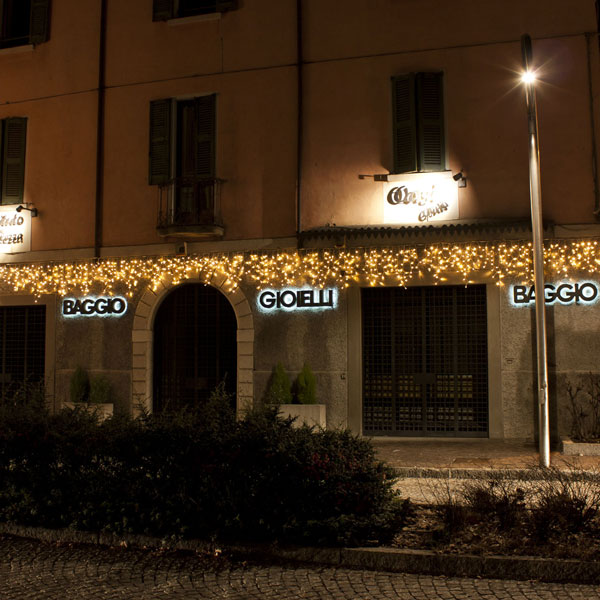
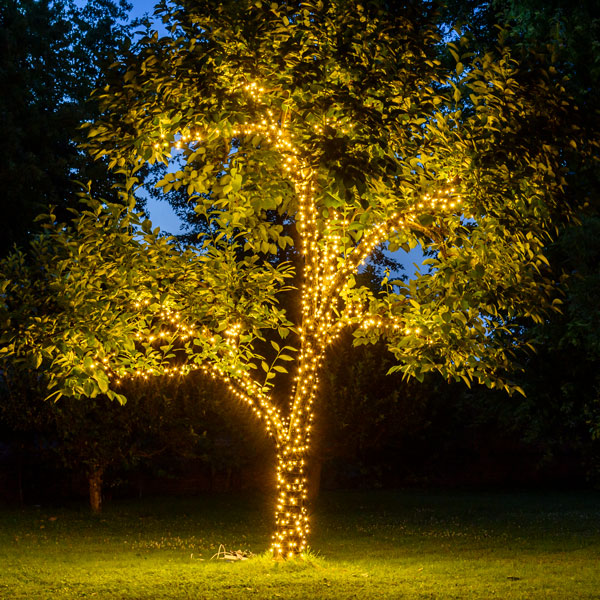
Smart Connect 100m Light String with 1000 warm white LED
- Cod. 56138 x 10 pz
- Consumption: 10 Watt
- Operating hours per day: 6
- Operating days: 45
- Energy cost: 0,12 €/kWh
- Energy cost for 45 days: 0,32 €
| Type of product | Power consumption (Watts) | Average daily use | Monthly energy cost |
|---|---|---|---|
| 40" LCD TV | 52 Watts | 6 hours | € 1,12 |
| Washing machine cycle | 1.200 Watts | 2 hours | € 8,64 |
| Led kitchen light bulb | 12 Watts | 8 hours | € 0,35 |
| 700 Watts microwave | 1.100 Watts | 15 min (0,25 hours) | € 0,99 |
Recommendations to limit energy costs:
The first recommendation is to replace any incandescent lights with equivalent LED lights. This will result in an immediate energy saving of at least 80%.
Use lights with a timer. This way, you can control energy consumption by limiting their activation within a predefined time frame, avoiding the risk of leaving them on when you're not at home.
In this regard, you can choose to buy a timer or select from the many decorations with built-in timers.
Timers are available in hundreds of decorative lights, allowing you to automate the turning on and off process, leading to significant energy savings. For example, light strings with timers can be set for 6/18 hours or 8/16 hours. With this setting, you can keep the decoration illuminated for 6 or 8 hours. The decoration will then automatically switch off and remain off for the following 18 or 16 hours. This way, the decoration will consistently turn on and off at the same time every day, avoiding unnecessary usage.
Conclusions
That energy saving is a necessity today and that everyone must do their part is now well clear to each of us.
However, it is necessary to contextualize each energy-saving measure to understand what is genuinely useful for reducing consumption and what, instead, may result in sacrifices without significant determining benefits.
Christmas decorations, lights, colorful baubles, and sparkling garlands are characteristic elements of Christmas that awaken childhood memories within us and, albeit unconsciously, tie us to a tradition we cannot do without.
The Christmas atmosphere colours our lives, making the festive season a magical time, not only for the children, but for all of us who experience such a difficult time.
Having determined the extremely low energy consumption of LED lights and calculated the resulting cost savings from keeping them turned off, we must ask ourselves a question.
Is it really worth giving up on having a lit Christmas tree at home, decorated balconies, illuminated streets in the town, hugs, and the warmth of family gatherings, all under the light of our decorations?
For us, the answer is obvious.
Let's not give up on the joy of the holidays, the magical moments with our loved ones, and the romantic situations that we only experience during this time of the year.
Let's not give up on a bright Christmas, which is a part of our tradition and culture.


